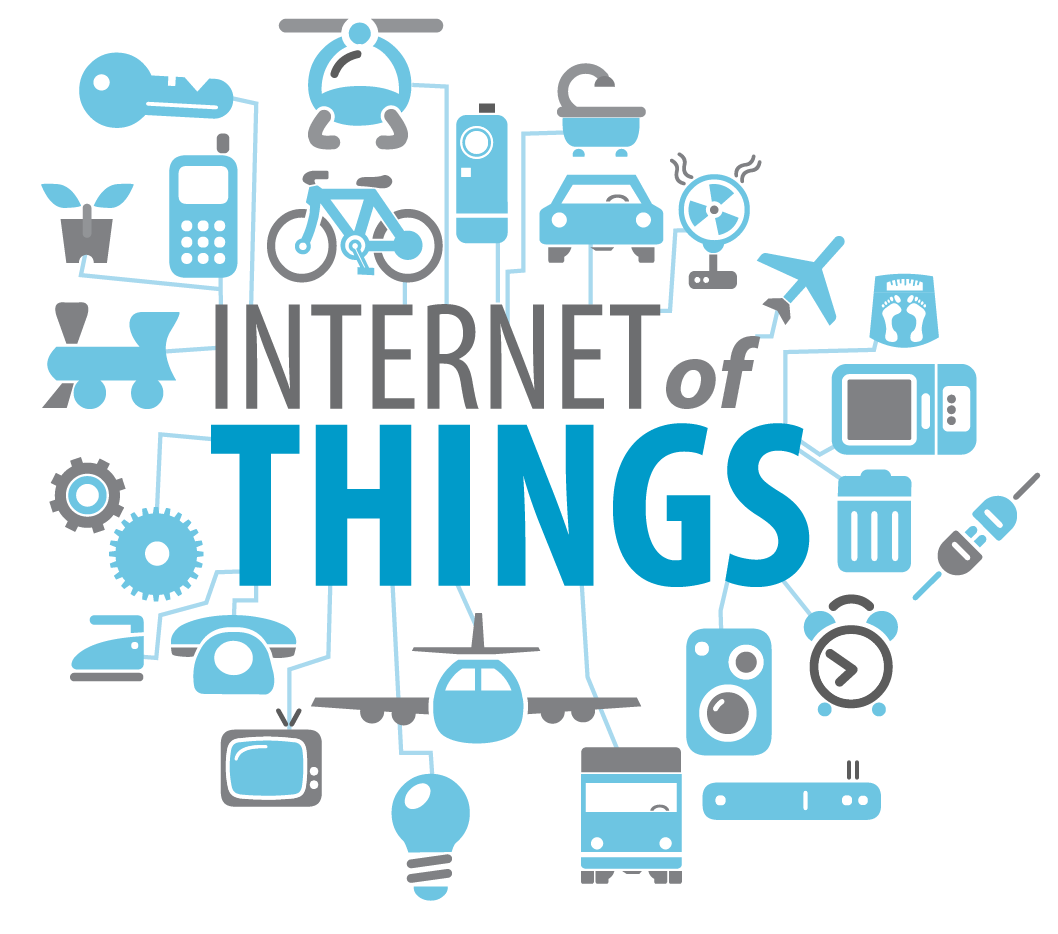•Sensors in a lawn watering system that consider the recent weather
conditions to decide when to water or how much.
•A home lighting system that analyzes your lighting use patterns
and mimics them when you are away from home so it’s not obvious to outsiders
that you are away.
•A health/fitness tracking device that records your exercise
activity and sleep rhythms.
•A home monitoring system that allows you to lock/unlock doors
and program your thermostat remotely.
One of the thoughts behind the IoT is that life will be
enhanced by the ability of the things to share data between devices and with
the consumer. But, are there factors related to the IoT that could impact your
privacy?
In a recent blog post titled Cool New Tech Devices: What
Privacy Risks Are Wrapped Up Under Your Tree?, the Privacy Rights Clearinghouse
(PRC) points out that “with people’s lives so connected to the internet, there
are numerous potential privacy implications.” The PRC shares these privacy
habits to practice with your internet-connected devices:
•Keep the firmware on your wireless router up to date. Firmware
is usually already on a device when you receive it but you should look for
instructions on updating the firmware when required.
•Change the default password assigned by the manufacturer of
the internet-connected device. Create a unique password.
•Use WPA2 encryption and a strong passphrase with your wireless
network. WEP encryption is vulnerable to intrusion.
•Read through privacy policies on devices and opt-out of
data collection when you can. Be sure that you are comfortable with what data
will be collected and how it will be used.
•If you have an internet-connect device with a camera but you
don’t need to use the camera to use the device, cover the camera lens with a
piece of solid tape.
Beyond these basic tips, it is also important to understand
the terms and conditions of use of the device and the privacy policy. Opt-out
of data sharing when you can. Is there a default privacy setting that is set to
“public”? Change it to private. Consumers will need to keep security in mind
and get answers to certain questions about an internet-connect device beforethey
decide to use it. Some of those questions are:
•What data is collected?
•Can the data be encrypted?
•How is the data used?
•Will the data collected be sold?
•Can a password be set up on the device?
Like most things, informed decision-making and responsible utilization
are vital to beneficial use of an internet-connected device. If consumers take
such steps, they will protect their privacy and avoid security lapses that
could put their privacy and even their physical safety and identity at risk. The
Internet of Things appears here to stay. The challenge for consumers may be to
keep up with the technology.
Learn more about Linda Loraine and ask her how she can help
you protect your identity here Linda Loraine - Independent Associate LegalShield

No comments:
Post a Comment